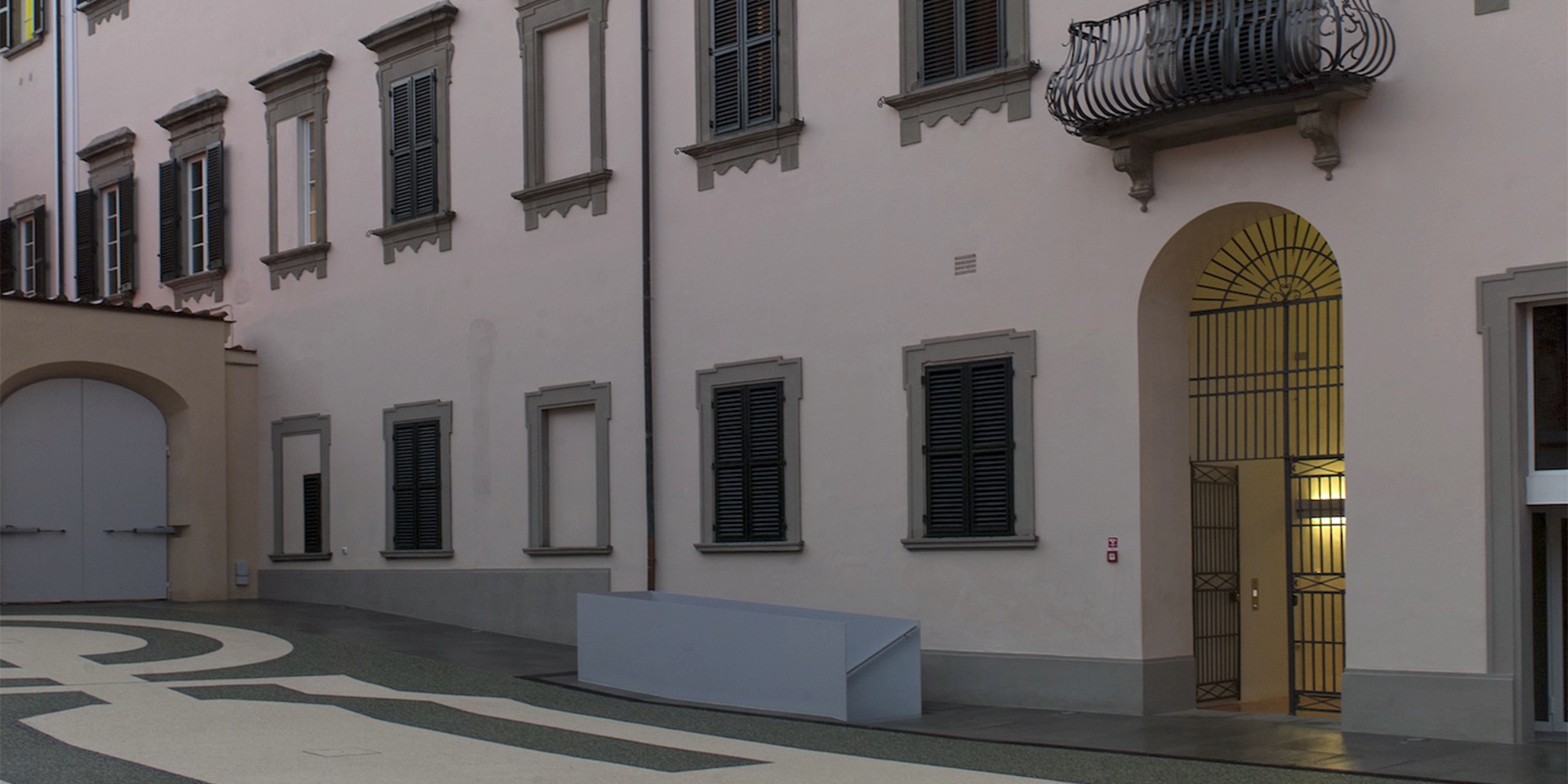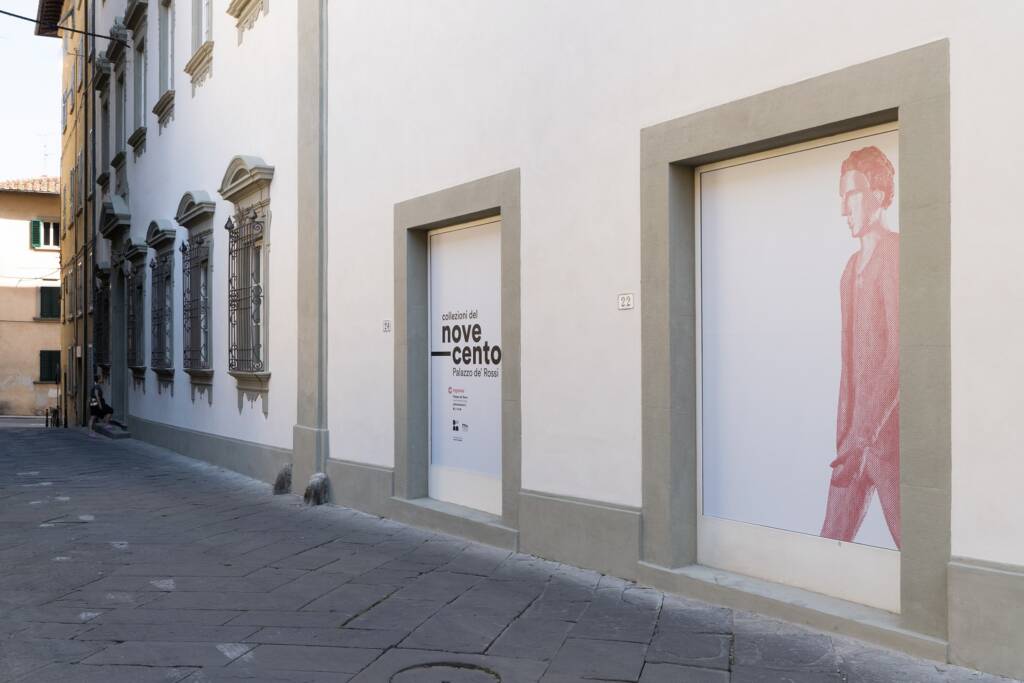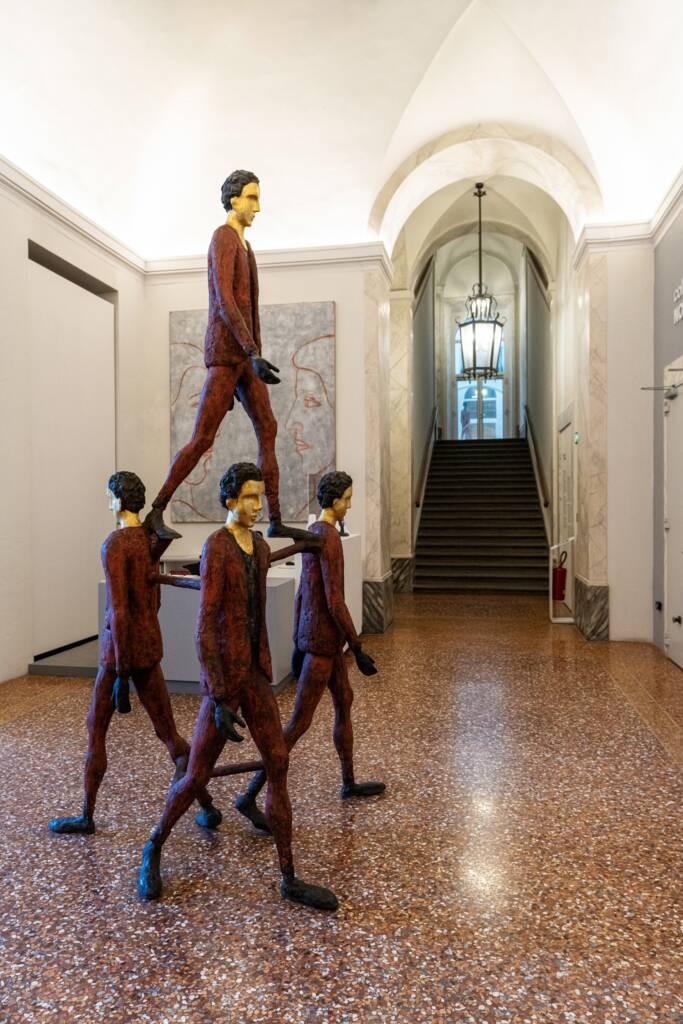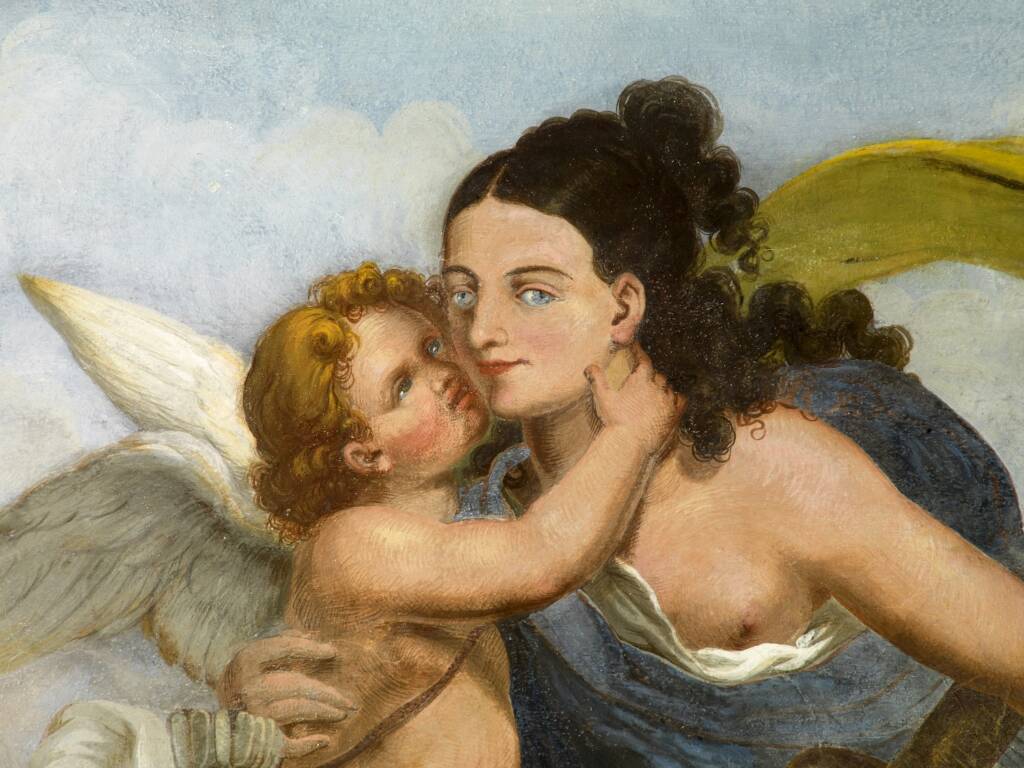Palazzo de' Rossi

The Palazzo is the result of a series of building works carried out mostly in the second half of the 18th century, aimed at attesting to the nobility of one of the city’s most distinguished families, the de’ Rossi. The site chosen for the building of the Palace was the location of previous residences of the family, dating as far back as the Middle Ages. Grandonio, a legendary condottiere who had fought in the Balearic War in 1120, can be traced to this family. The head sculpted on the corner of Via de’ Rossi, just before the palace of the same name, is traditionally attributed to him.


A spacious atrium gives access to the building, the inner courtyard and the stucco-decorated staircase which leads to the first and second floors, where the family’s living quarters were located. Above are a third level and a roof-terrace from which there is a 360° view of the city.
A substantial part of the space is occupied by the magnificent double-volume Saloncino della Musica, completely decorated with stucco-framed paintings from the 18th-19th centuries.
The outdoor terrace, once a courtyard and garden, is referred to as the Terrazza Grandonio, named after the statue of the mythical hero placed there in 1802.
The palace contains 18th-century decorations by Pistoia artists Ippolito Matteini, Luigi and Filippo Rafanelli, Giuseppe Brizzi and Luigi Cheli, known as “il Marzocco”, as well as the Florentine Vincenzo Meucci. The extensive 19th-century renovation work on the ground floor and in the various rooms on the two piano nobile levels involved major artists such as Giuseppe Bezzuoli, Nicola Monti, Ferdinando Marini and Bartolomeo Valiani. In 2004, a ceiling was decorated by the US artist Sol Lewitt.


Since 2000, the building has been the headquarters of the Fondazione Caript. Following a renovation project that restored the building to its former glory, carried out between 2009 and 2013, the rooms on the ground floor have been home to the 20th-century Collections.



